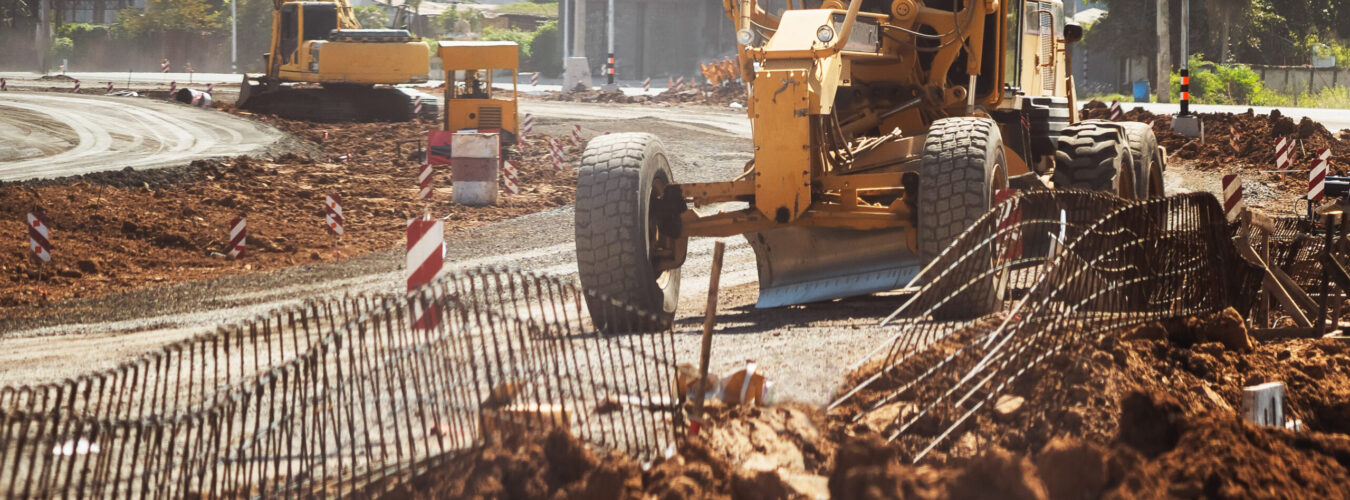Both options spread the cost of an asset over its useful life and a company doesn’t gain any financial advantage through one rather than the other. A company buys machinery for USD 100,000 which has an expected life of 10 years. Each year, the machinery loses its value so the company will depreciate it. If you follow the straight-line depreciation method, the expense would be (10,000/10) USD 10,000 each year for 10 years which reflects the decreasing value of machinery. On the whole, amortization and depreciation play integral roles in financial management, decision-making, accounting practices and processes for all business sizes and industries.
- This can be useful for tracking the progress of the loan and understanding how much is owed at any given time.
- Depreciation is allocating the cost of a tangible asset, such as a building, furniture, vehicle, or machinery, over its useful life.
- Under this method, an equal amount of depreciation is recorded each year over the asset’s useful life.
- As a result, you could deduct $2,000 in tax depreciation expenses each year from your tax return, reducing your overall tax bill.
Why Do We Amortize a Loan Rather Than Depreciate a Loan?
Both methods help businesses match the cost of an asset to the revenue it helps generate over its lifetime. They also reduce net income each year, even though you’re not spending any cash after the initial investment. You can think of depreciation as actual wear and tear, and amortization as value simply fading over time. In other words, it’s tracking how your tangible assets lose value over time. Instead of writing off the entire cost when you buy them, depreciation lets you spread that expense across the years you’ll actually use them. Amortization is always calculated using the straight-line method of depreciation.
The standard process by which an intangible asset is reduced in value is the straight-line method, with no salvage value assumed. Instead, the actual cash outlay occurred in the initial period when the company decided to purchase the long-term fixed asset (PP&E) or capital expenditure (Capex). The loan amortization schedule is typically set up so that the borrower pays more interest in the early years of the loan, and more principal in the later years. This is because the interest is calculated based on the outstanding balance, which is higher at the beginning of the loan. When a borrower takes out a loan, they agree to pay back the principal amount plus interest over a amortization vs depreciation set period of time.
Amortization vs. Depreciation: What’s the Difference?
Depreciation and amortization are planned expenses, while impairment is an unexpected expense. Goodwill is an intangible asset that arises when one company acquires another company for a price that is higher than the fair market value of the acquired company’s net assets. If the fair value of the reporting unit is less than its carrying amount, an impairment loss is recognized. This method works well for manufacturing equipment where wear and tear correlate with production.
Depreciation expense versus accumulated depreciation
Managing finances and calculating the deductions is a tough task and requires you to keep all your documents handy. The approximate helpful life of the vehicle is, as stated earlier, 5 years. Imagine a company that has recently acquired a patent for a new product for Rs. 1,00,000.
Comments: Amortization vs Depreciation
While you will pay in full upfront, it wouldn’t make sense for your financial statements to show the same value five years later because it’s a depreciable asset. It has a certain number of years of productive life before it starts to degrade and lose functionality. As the asset gets closer to the end of its productive life, it loses value.
Financial Reporting Standards
Depreciation is used for tangible assets, such as buildings and equipment, while amortization is used for intangible assets, such as patents and copyrights. Calculating depreciation and amortization involves determining the cost of an asset, its useful life, and salvage value. The straight-line method is the most commonly used method, but accelerated depreciation and units of production methods can also be used.
- For instance, the recorded value of a company’s inventory, a current asset, can be written down partially on the books or completely wiped out based on the estimated fair value.
- Only the Straight-line method is used for the amortization of intangible assets.
- Examples of intangible assets that may be charged to expense through amortization are broadcast rights, patents, and copyrights.
It’s important to note that the decision to amortize or depreciate an asset is not always straightforward, and it may be necessary to seek the advice of a financial professional. The formulas below illustrate how amortization and depreciation differ from one another. The straight-line approach is most frequently used to calculate amortization. It is essential to choose the method that best reflects an asset’s usage pattern and benefits over its useful life. Manufacturing equipment and assets where usage patterns decline over time but not as dramatically as technology assets.
From uncertainty to insight: Measuring the ROI of AI for tax
To calculate this, multiply the asset’s current book value by a fixed depreciation rate that applies over its entire life. The straight-line method is the most frequently used method for calculating depreciation. Under this method, an equal amount of depreciation is recorded each year over the asset’s useful life.
Amortization vs. depreciation: What are the differences?
Examples of intangible assets that may be charged to expense through amortization are broadcast rights, patents, and copyrights. Amortization reflects the value of intangible assets over the company’s financial statements complying with the accounting standards and regulations. No, you can use different depreciation methods for tax purposes versus financial reporting.
